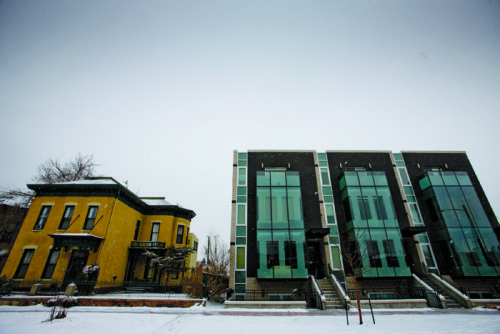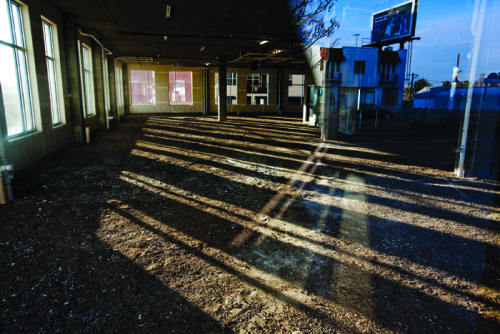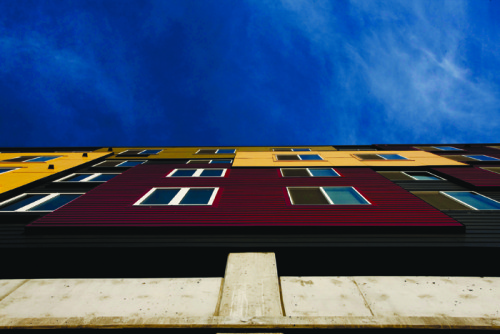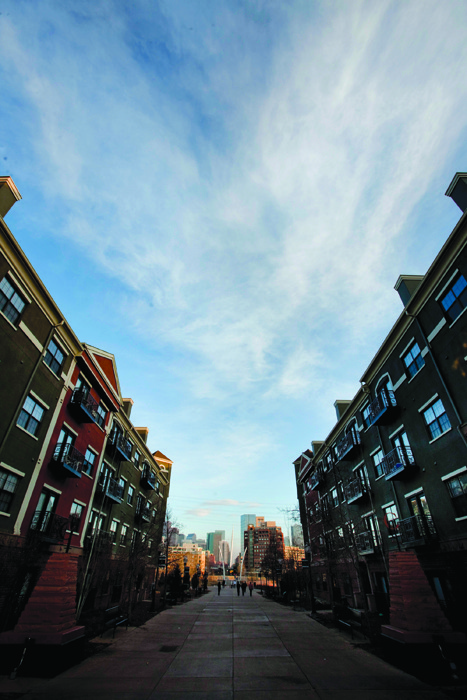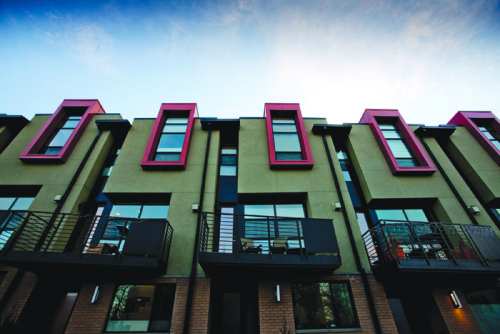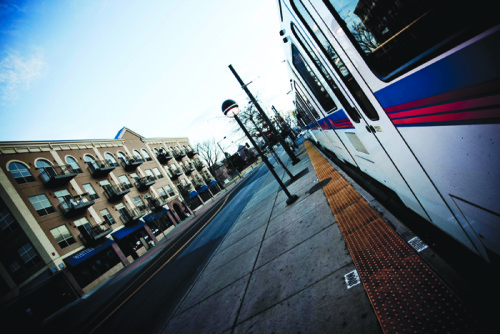Art Feature: Lens on the city
Published March 2010 Vol. 14 Issue 3
text by Tim Covi
photots by Zoriah Miller
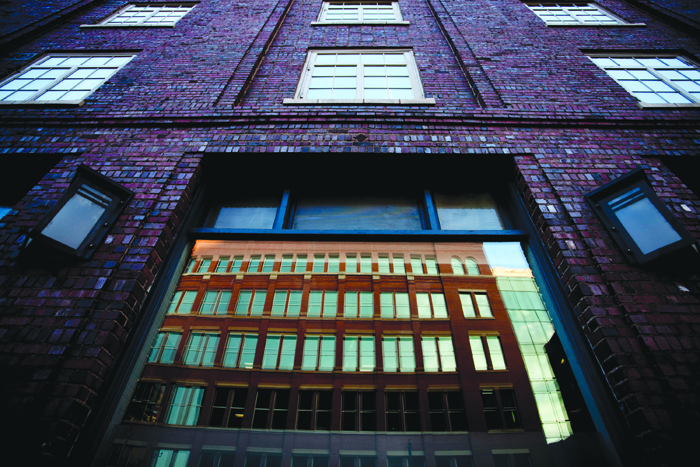
When it comes to growth and design, Denver seems to be at the cutting edge of new models of development, embracing terms of the times like “new urbanism,” “sustainable” and “green.” Communities like Lowry, Landmark, Stapleton and Belmar have spotted the landscape on the outer ring of the city over the past 8 years, and newer re-developments like the Gates Rubber Plant project and the planned build out behind Union Station are under way within the shadow of downtown.
But between all the fanfare and curiosity these new neighborhoods have received, a few questions linger about their cumulative effect on Denver’s identity.
Notably, Lowry, Stapleton and Belmar all at least have a pedestrian friendly area with parks, shops and entertainment in the neighborhoods themselves. This is a vast improvement on the suburban sprawl that has dominated metro-expansion for the past 50 years. But also of note, the developments thus far are all cast from a similar mold. They could just as easily be Anywhere, America as they could be Denver. In Belmar, 82.6 percent of the businesses are national chains, while in Stapleton, 81.1 percent are chains. At a glance, Lowry is similar.
While they can be lauded for their green architecture, reducing sprawl and creating relatively pedestrian friendly lifestyles, these communities are a far cry from the neighborhood market places that make Denver so unique—strips like Santa Fe Avenue, South Broadway, 32nd St. in Highlands, Tennyson St. in Berkley, Gaylord St. in Wash Park and South Pearl St. in Platte Park to name a few.
Internationally recognized photojournalist Zoriah Miller, a Denver native, has cast his lens on Denver in an architectural survey that looks at Denver’s identity in design, both new and old, and gives a glimpse of where we’ve been and where we’re headed. •

